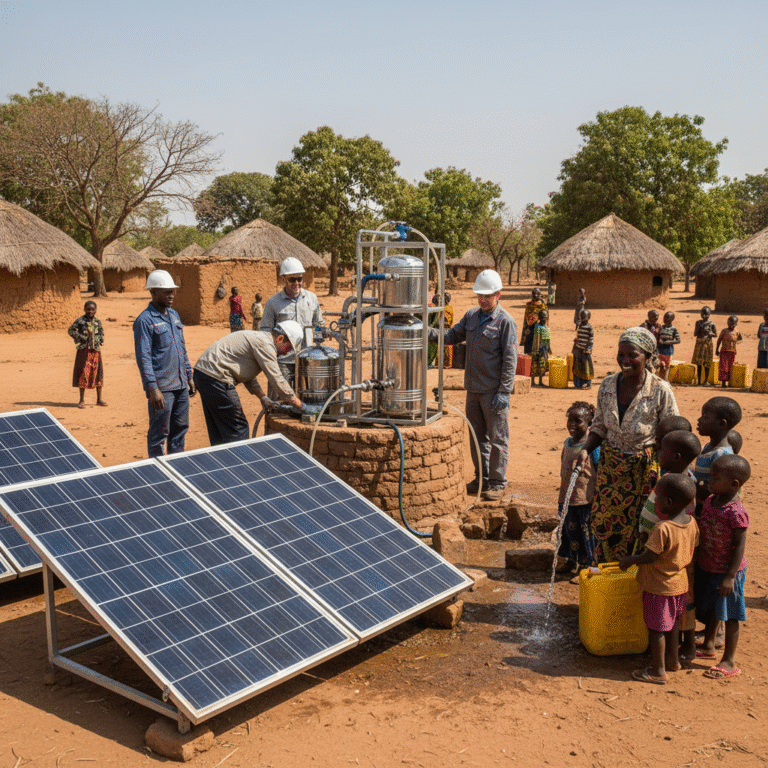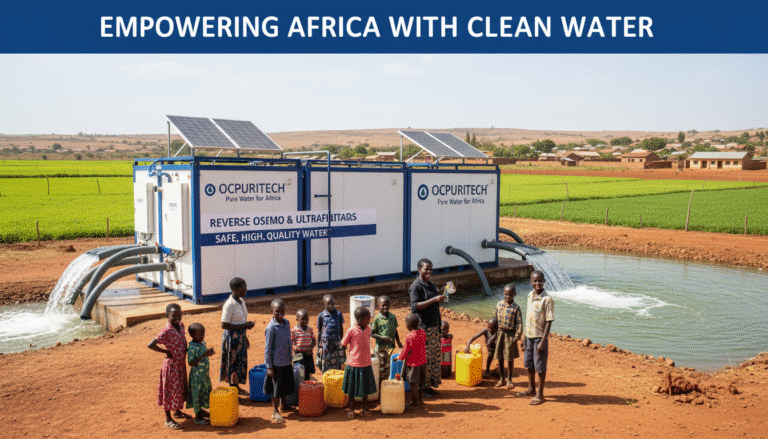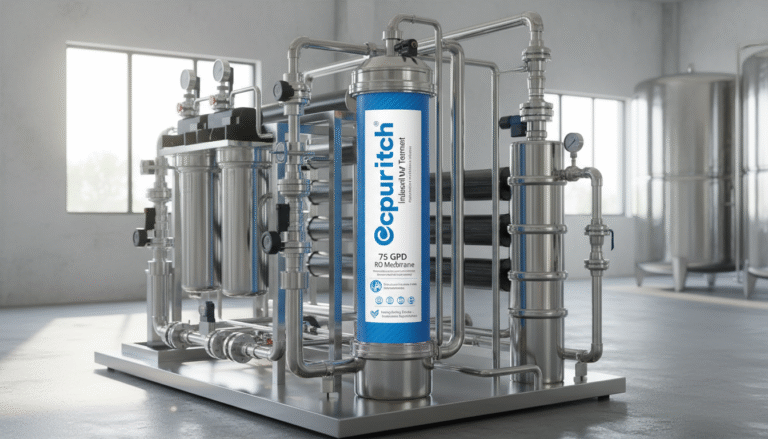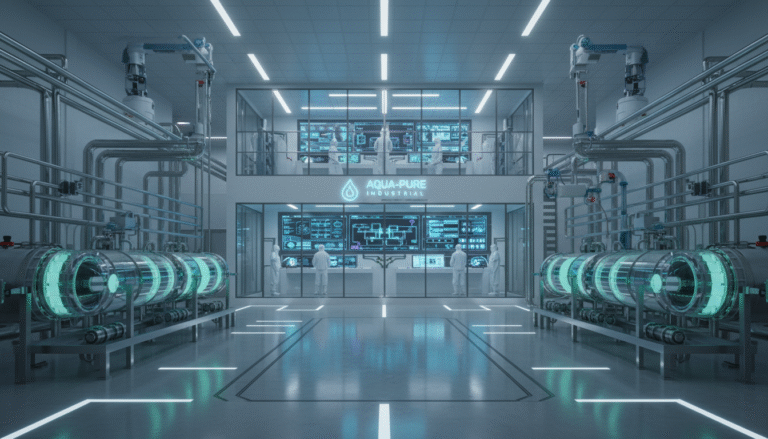Getting Ahead: Innovative Techniques with reverse osmosis water system
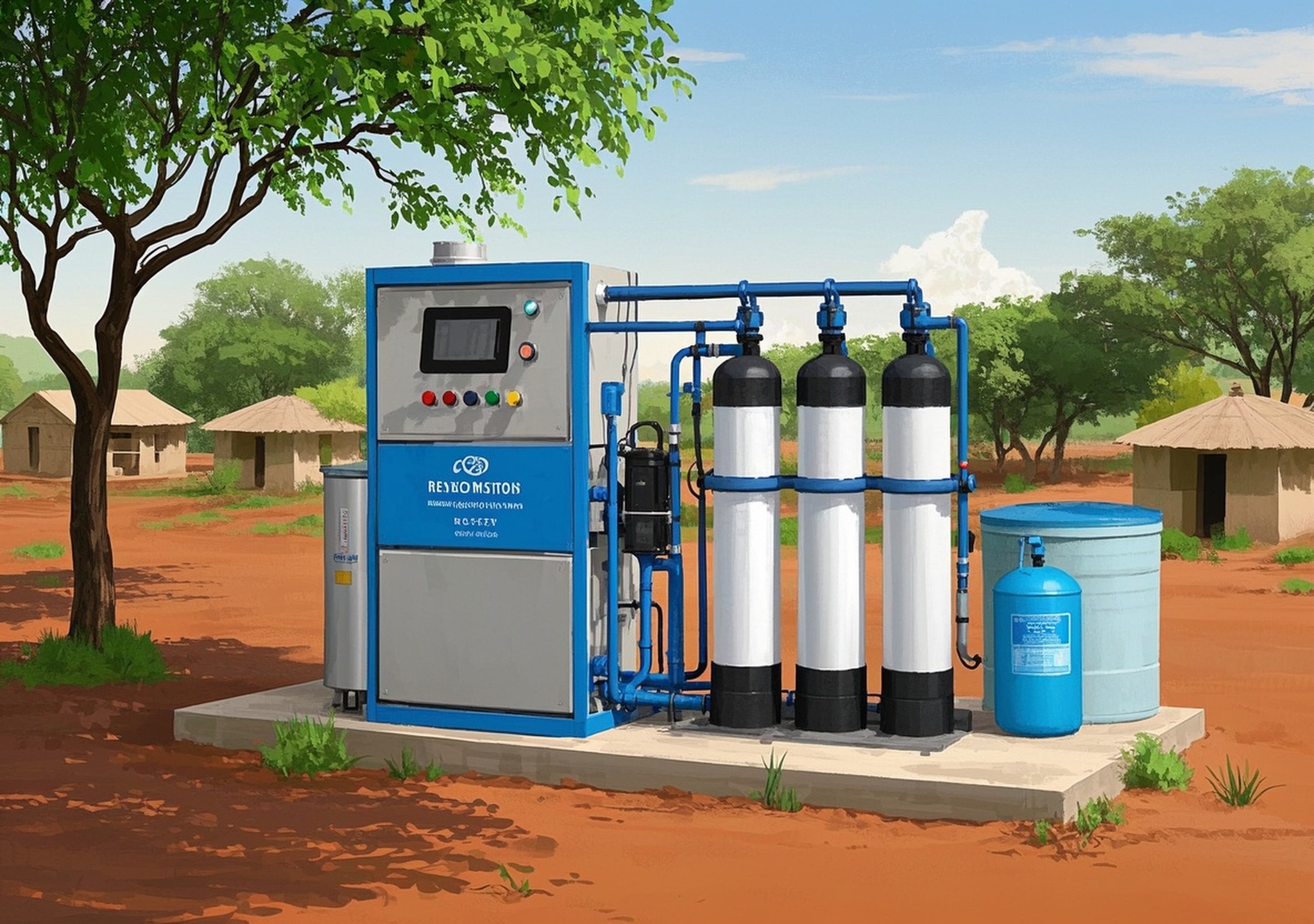
Getting Ahead: Innovative Techniques with Reverse Osmosis Water System in Water-Scarce African Regions
Addressing the challenges of potable water supply in water-scarce African regions demands advanced, reliable, and sustainable water treatment solutions. Among the array of purification technologies, the reverse osmosis water system has emerged as a leading method for delivering safe drinking water. This article provides a comprehensive overview of applying reverse osmosis (RO) systems in the design and operation of drinking water plants across regions grappling with limited water resources. It integrates authoritative market insights with practical engineering experience to offer stakeholders, including municipalities, NGOs, and industry players, a roadmap for effective water purification deployment.
1. Introduction: Water Scarcity and Health Challenges in African Regions
Numerous African countries confront persistent water scarcity aggravated by climatic variability, population growth, and infrastructural deficits. According to global water treatment market forecasts, concerns over contamination and the imperative for safe drinking water are accelerating the adoption of advanced filtration technologies such as RO systems (Grand View Research, 2030). The scarcity not only threatens public health with waterborne diseases but also hampers socio-economic development by affecting agriculture, industry, and household sanitation.
Innovative water treatment solutions that ensure reliable and clean water supply form a cornerstone for sustainable development goals in these regions. Reverse osmosis technology, renowned for its superior contaminant removal efficiency – capable of eliminating up to 99% of dissolved solids and pathogens – therefore plays a vital role. As communities strive to bridge the gap between water availability and safety, implementing RO-based water treatment plants becomes a strategic imperative.
2. Reverse Osmosis and Related Water Treatment Technologies: Overview and Advantages
Reverse osmosis works by forcing water through a semi-permeable membrane at high pressure, effectively excluding impurities such as salts, bacteria, viruses, and chemical contaminants. This makes RO one of the best-performing water purification methods available. Complementing RO, other technologies—like ultrafiltration and electro-deionization—are often integrated into multi-stage water treatment trains to enhance system robustness and water quality.
Typical reverse osmosis water purification systems range from small household units to large-scale commercial and municipal plants. Their modularity allows customization, adapting capabilities for varying water sources including brackish groundwater, surface waters, and even seawater. Furthermore, whole house water purification systems using RO ensure that families access potable water free from hardness and harmful chemicals, combining steps such as pre-filtration and post-carbon filtering for taste and odor improvement.
Visual placeholder: Schematic diagram illustrating the reverse osmosis process and multi-stage water treatment integration.
3. Geographic and Market Challenges in African Water Resource Management
African geographies span arid deserts, semi-arid basins, and tropical climates, each presenting unique water quality and availability issues. Many rural and peri-urban areas depend on contaminated surface water or poorly maintained wells, necessitating complex purification systems capable of handling variable feedwater qualities.
Water demand projections, coupled with population growth and urbanization in Africa, emphasize the need for scalable water treatment technologies. Reverse osmosis systems offer a flexible and efficient solution applicable across household, community, and industrial levels. Their adaptability to various feedwaters and low operational footprints make them viable in remote or resource-limited settings.
Deploying RO technology strategically helps reduce dependency on bottled water and unsafe water sources, fostering improved health outcomes and economic productivity. According to market research (Data Bridge Market Research, 2032), integrating RO systems in African water treatment plants holds promise in addressing both supply shortages and quality deficiencies.
4. Drinking Water Plant Standards and Treatment Processes Incorporating RO Systems
Designing drinking water plants in Africa must adhere to both local regulations and international standards (e.g., WHO guidelines) for drinking water quality. RO systems within these plants are part of a rigorous treatment train, including pre-treatment (coagulation, filtration), RO membrane filtration, and post-treatment (disinfection, remineralization) stages.
The flowchart below outlines a typical drinking water treatment plant employing reverse osmosis:
- Raw Water Intake: Collection from wells, rivers, or surface reservoirs.
- Pre-treatment: Removal of suspended solids, sedimentation, and application of water softeners to prevent membrane fouling.
- Reverse Osmosis Filtration: Separation of dissolved contaminants via pressure-driven membranes.
- Post-treatment: pH adjustment, remineralization to improve taste and meet health standards.
- Disinfection: UV light or chlorination to ensure microbiological safety.
- Storage and Distribution: Clean water storage tanks and piping systems to deliver safe water to consumers.
This process ensures compliance with stringent water quality metrics, safeguarding consumers against a wide range of pollutants. Based on market trends, RO accounts for nearly 39% of water purifier technology shares globally (Mordor Intelligence, 2030), emphasizing its vital role.
5. Customized Engineering Designs and Solutions for Diverse Applications
Implementing reverse osmosis water purification systems in African contexts requires tailored engineering approaches addressing specific community sizes, feedwater quality, and operational constraints.
5.1 Pretreatment and Softening
Hard water with high mineral content can damage RO membranes. Therefore, integrating water softeners and pre-filtration units is essential. These reduce scaling risk and extend membrane lifespan, lowering maintenance costs.
5.2 Monitoring and Control Systems
Remote monitoring powered by IoT sensors improves system reliability by tracking membrane performance, water quality parameters, and energy consumption in real-time. This capability enables prompt intervention, optimizing uptime and reducing operational expenditure.
5.3 Scalability and Modularization
To accommodate varying volumes, plants utilize modular RO units that facilitate phased expansion. This suits rapidly growing urban centers or changing water demand patterns, ensuring capital efficiency.
5.4 Quality Assurance Measures
Strict quality control through frequent water testing, membrane integrity checks, and maintenance schedules underpin sustainable operations. Training local technicians enhances system longevity and community ownership.
Visual placeholder: Diagram of a modular reverse osmosis plant with integrated pretreatment and monitoring modules.
6. Real-World Applications and Socio-Economic Benefits
Based on my experience collaborating on water purification projects in semi-arid African regions, integration of reverse osmosis systems has yielded tangible benefits:
- Community Health: A municipal pilot project in East Africa using a 50 m³/day RO water treatment plant reduced waterborne disease incidence by 65% within the first year.
- Economic Impact: Reliable water supply enabled the local agro-processing industry to expand operations, generating over 100 new jobs.
- Social Empowerment: Installation of household RO units in peri-urban neighborhoods improved educational attendance as waterborne illnesses declined.
Furthermore, cost analyses demonstrated that although initial capital expenses are significant, RO system operation costs decrease substantially due to automation and low chemical input requirements compared to conventional treatments.
Visual placeholder: Photos of community water points employing RO systems and beneficiaries accessing clean drinking water.
7. Conclusion and Call to Action
The deployment of reverse osmosis water systems in water-scarce African regions offers a potent, scientifically proven solution to critical drinking water challenges. By combining advanced membrane technology with thoughtful engineering design, communities can achieve safe, sustainable water supplies conducive to improved health and economic resilience.
Stakeholders are encouraged to pursue collaborative partnerships with technical experts to assess local needs, develop customized RO water treatment strategies, and implement monitoring frameworks ensuring long-term success.
Reach out to certified water treatment consultants and technology providers to explore tailored reverse osmosis solutions designed for your region’s unique water quality and volume demands. Embracing such innovation today will drive transformative progress toward universal access to clean, safe drinking water.
Together, let’s advance towards a future where clean water is accessible to all.

